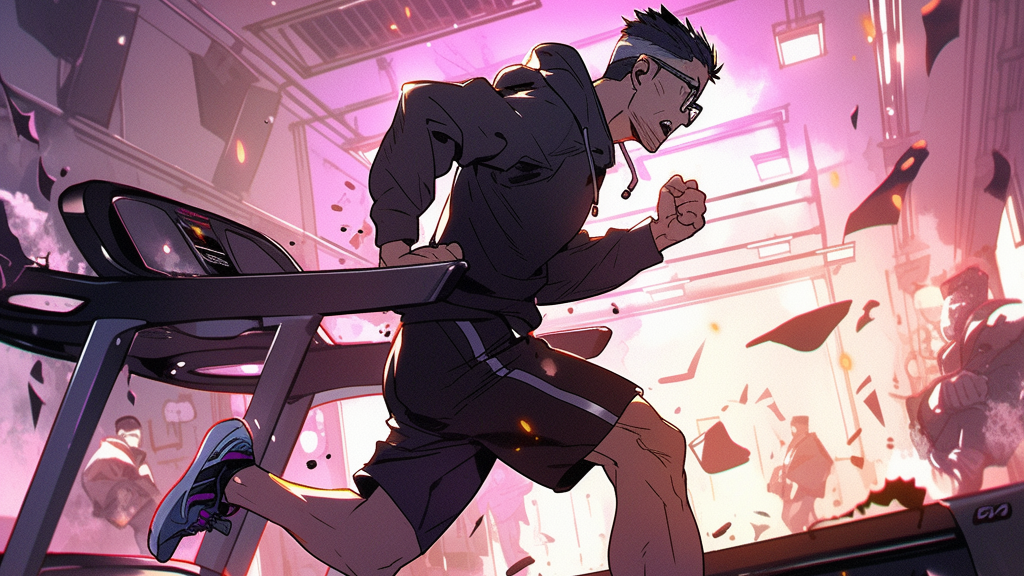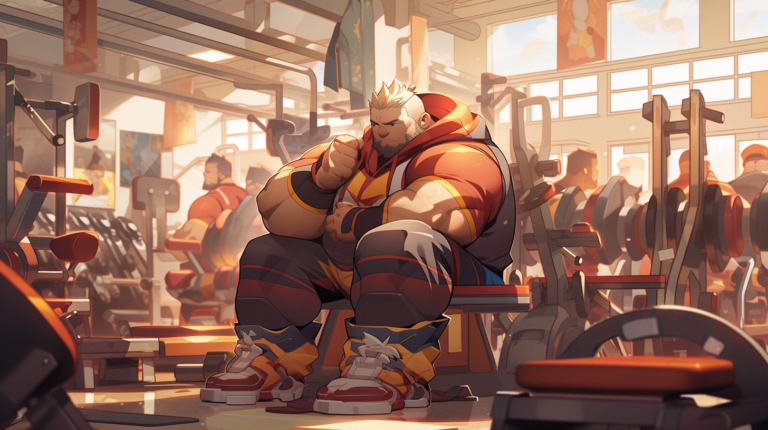Understanding Weight Cutting In Jiu-Jitsu
Weight cutting is a common practice in many combat sports, including Jiu-Jitsu. It involves losing weight rapidly before a competition to qualify for a lower weight class, then quickly rehydrating before the match begins. This article will delve into the concept, process, risks, and alternatives to weight cutting in Jiu-Jitsu.
The Concept of Weight Cutting
Why Weight Cutting is Common in Jiu-Jitsu
Weight cutting is prevalent in Jiu-Jitsu due to the belief that it provides a competitive advantage. By dropping to a lower weight class, competitors aim to be the biggest and strongest in their category. However, this practice is not without its risks and controversies.
The Process of Weight Cutting

Pre-Competition Phase
Diet and Nutrition
The weight cutting process begins weeks or even months before the competition. When I go to do a weight cut I start at least 4 weeks out. Most Athletes at this time adjust their diet to reduce body fat and overall weight. For me this critical for hitting my goal. I have to keep a high-protein, low-carb diet and careful monitoring of caloric intake.
Training and Exercise
Alongside dietary changes, athletes increase their training intensity to burn more calories and lose weight. This often includes a mix of strength training, cardio, and Jiu-Jitsu drills.
Competition Phase
Dehydration and Rehydration
In the final days before the competition, athletes often resort to dehydration methods to lose the last few pounds. After weigh-ins, they rehydrate and replenish their bodies before the match.
The Risks of Weight Cutting

Physical Risks
Weight cutting, especially when done improperly, can pose significant physical risks. These include dehydration, nutrient deficiencies, decreased performance, and in severe cases, organ failure.
Mental Risks
The mental toll of cutting should not be overlooked. The process can lead to mood swings, increased stress, and eating disorders.
Healthy Alternatives to Weight Cutting
Gradual Weight Loss
Instead of drastic cutting weight, a more sustainable approach is gradual weight loss through a balanced diet and regular exercise. This method is healthier and less likely to negatively impact performance.
Strength and Conditioning Training
Focusing on strength and conditioning can also provide a competitive edge without the need for weight cutting. By improving their strength, endurance, and technique, athletes can compete effectively, regardless of their weight class.
Conclusion
Cutting weight in Jiu-Jitsu is a complex issue with potential benefits and significant risks. While it may offer a competitive advantage, the physical and mental toll it takes on athletes cannot be ignored. It’s crucial
for athletes and coaches to understand these risks and consider healthier alternatives.
1. What is cutting in Jiu-Jitsu?
Cutting weight in Jiu-Jitsu refers to the practice of rapidly losing weight before a competition to qualify for a lower weight class, then quickly rehydrating before the match begins.
2. Why do Jiu-Jitsu athletes cut weight?
Jiu-Jitsu athletes cut weight to gain a perceived competitive advantage. By competing in a lower weight class, they aim to be the biggest and strongest among their competitors.
3. What are the risks of weight cutting?
Weight cutting can pose significant physical risks, including dehydration, nutrient deficiencies, decreased performance, and in severe cases, organ failure. It can also lead to mental health issues like stress and eating disorders.
4. Are there healthier alternatives to cutting Weight?
Yes, healthier alternatives to weight cutting include gradual weight loss through a balanced diet and regular exercise, and focusing on strength and conditioning training to improve performance.
5. Is cutting necessary to succeed in Jiu-Jitsu?
No, weight cutting is not necessary to succeed in Jiu-Jitsu. Many successful athletes compete at their natural weight and focus on improving their technique, strength, and conditioning.



